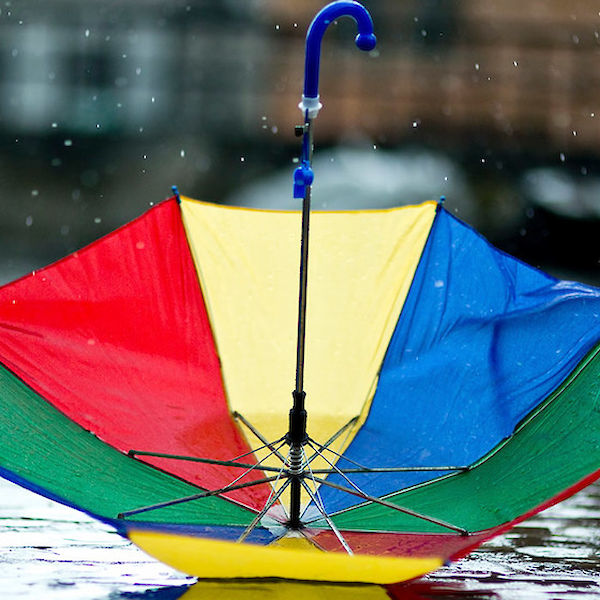National Park Safety Tips
Last updated on 04/23/2024

Traveling to a national park for a camping, hiking or biking trip? While each park has different regulations on fire, food and wildlife safety, some advice is universal. Check out these must-read national park safety tips before your trip to the wilderness!
Stay Away From Wildlife
Yes, it’s cool and it’s the reason you are traveling in the wilderness, but keep your wanderlust at a distance. Whether it be bears and mountain lions or squirrels and chipmunks, just let them do their own thing. You could be saving yourself from a dangerous situation and possibly a hospital visit. Although, your travel insurance most likely has emergency medical coverage that would reimburse you for the cost of care.
Obey the Fire Rules of the Park
If you are visiting a park that’s in a dry part of the country, pay careful attention to the fire rules of the park. The wildlife and homes of nearby residents depend on your ability to handle your campfire appropriately. Unattended campfires have been known to start wildfires that spread over hundreds acres of land.
Hike Safely in Mountain Parks
When hiking in state parks, stick to the trails. These are the safest and the most travelled paths marked on the guide maps. Always hike with a buddy; if someone gets hurt, the other can go for help. Pack enough water and food in case you get lost while hiking. Wear the proper gear – good footwear and lightweight, layered clothes for varying weather.
Know Your Way Around
Ok, if this is your first time at the park, we don’t expect you to memorize the trails. Keep paper maps handy in your pack. If your GPS or map app malfunctions, you’ll want a safety plan in effect. Channel the age before digital technology and use non-digital gear – like a compass, park map and watch. Some of the most experienced hikers even bring GPS beacons with them in case of emergencies.
Store Food Carefully If Camping
Whether you are a camping novice or expert, you’ll need to know techniques to store your food when you leave camp (or even when you are there!). Check with the park you are visiting, their food regulations may be very different from others. Some, for instance, require all food to be locked in bear canisters or hung from trees. Keeping your food protected as recommended can be the difference between seeing wildlife from afar or VERY up close.


